Optimal Space Utilization:
Sliding door brings a fantastic and more comfortable user experience, avoiding the hassle of needing extra space to open traditional doors in crowded environments, and making better use of every outdoor space.
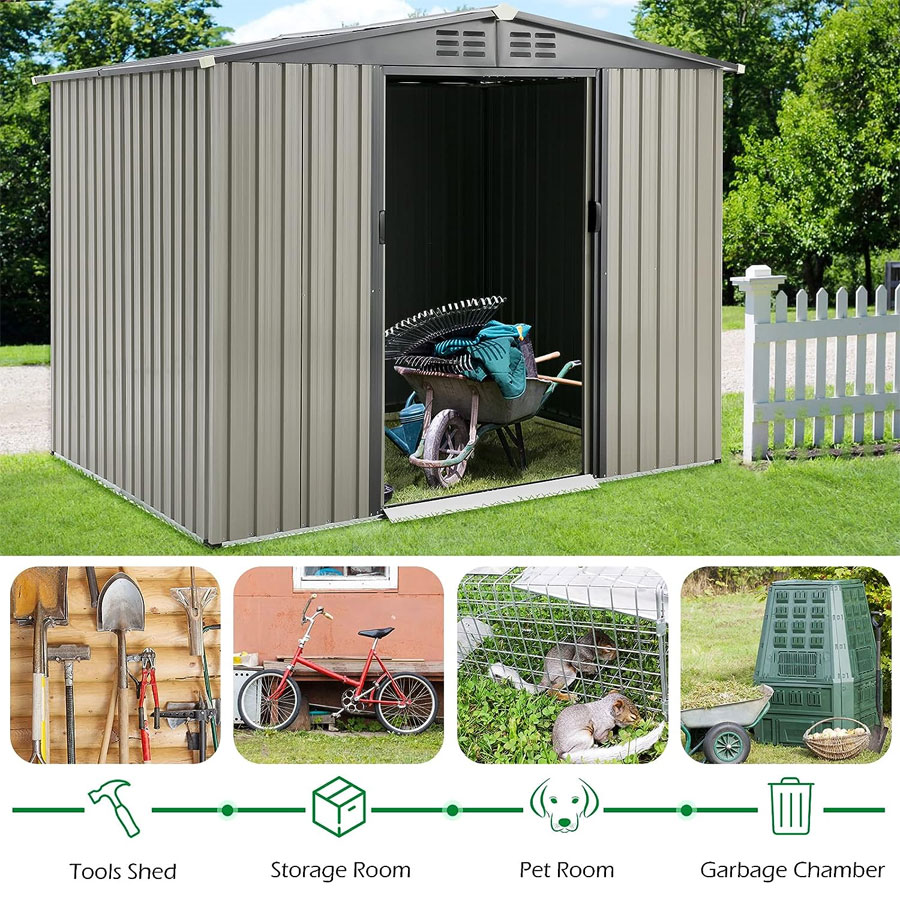 Spacious Outdoor Storage Shed:
Spacious Outdoor Storage Shed:
This ultimate storage shed measures 6 by 8 ft, with a sliding door design that eliminates any wasted space, and the entire storage area can accommodate 7 lawnmowers, 10 kids' bicycles, 8 snowmobiles, or 3 Vespa motorcycles. This small shed provides ample interior space within a compact footprint!


Durable & Sturdy:Upgraded metal plate thickness makes the shed weigh 140 lbs, surpassing cheaper alternatives, significantly enhancing stability. Excellent wind resistance, capable of withstanding harsh weather conditions, with a wind speed resistance of approximately 70 mph.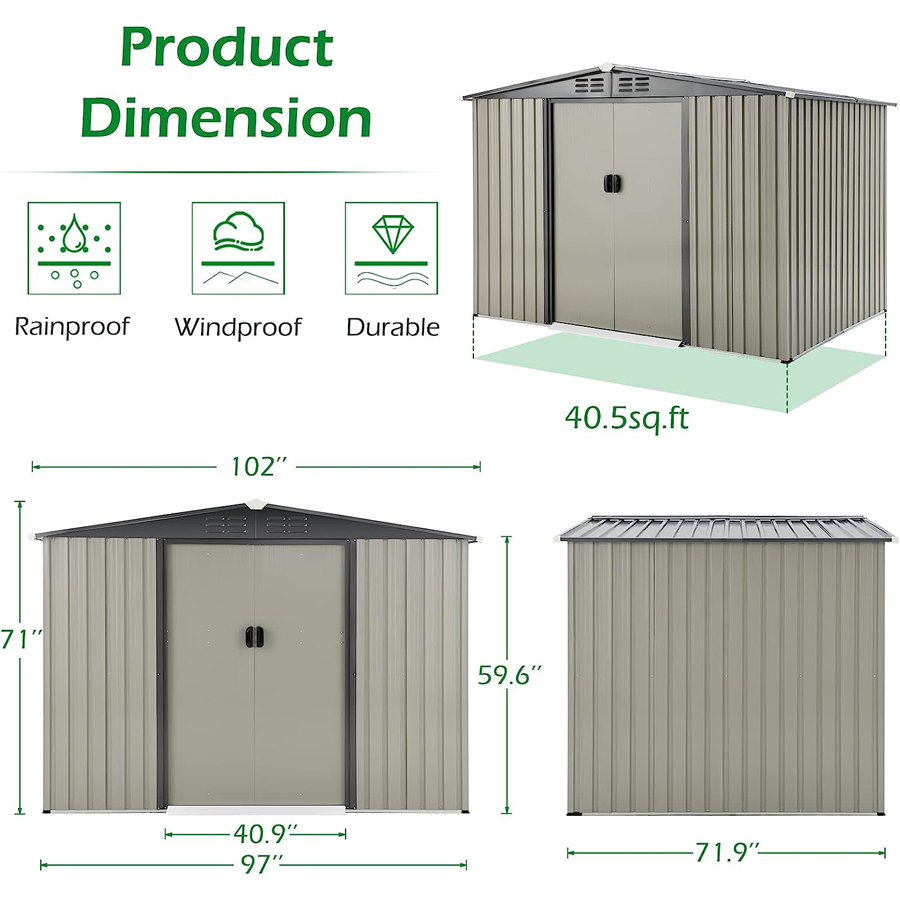 Professional Wrapping and Sincere Service:
Professional Wrapping and Sincere Service:
The shed comes with one box with all hardware inside, and we provide two pairs of gloves to protect your hand while assembly. If the product has any problems or damage, please feel free to contact us, we will provide you with a satisfactory solution.Please feel free to contact us if any questions.

 英语
英语 俄语
俄语 德语
德语 西班牙语
西班牙语 法语
法语


 Innovation Team
Innovation Team Patented Technology
Patented Technology Quality Assurance
Quality Assurance Efficient Response
Efficient Response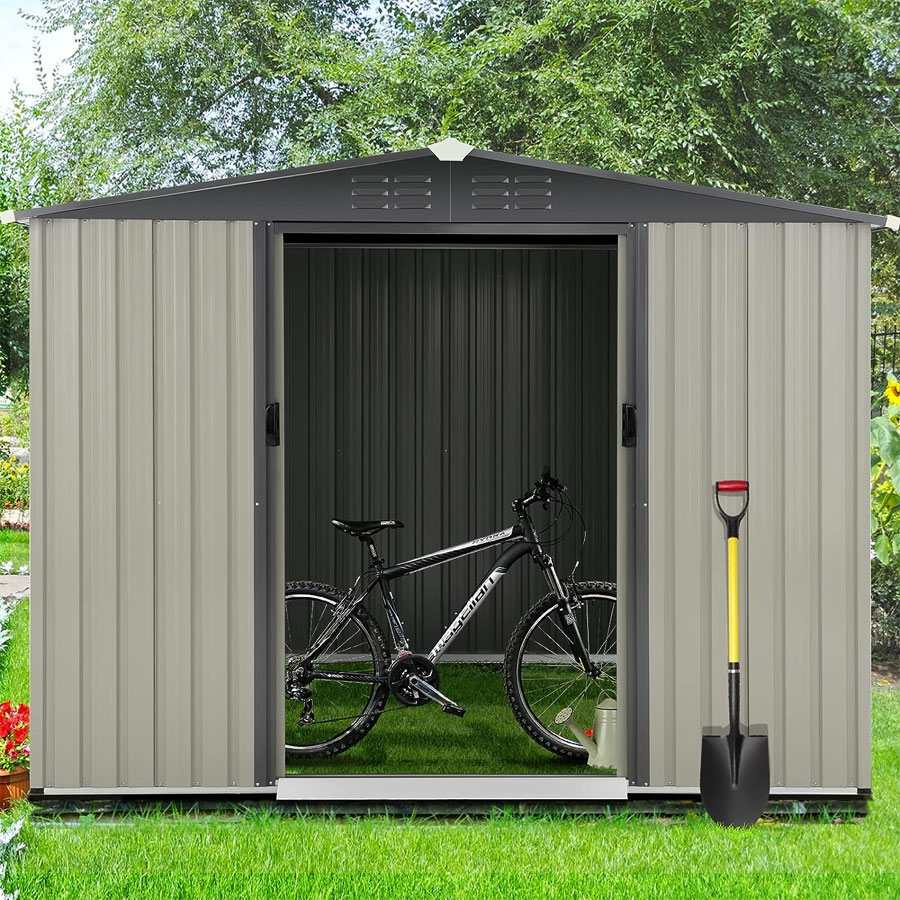
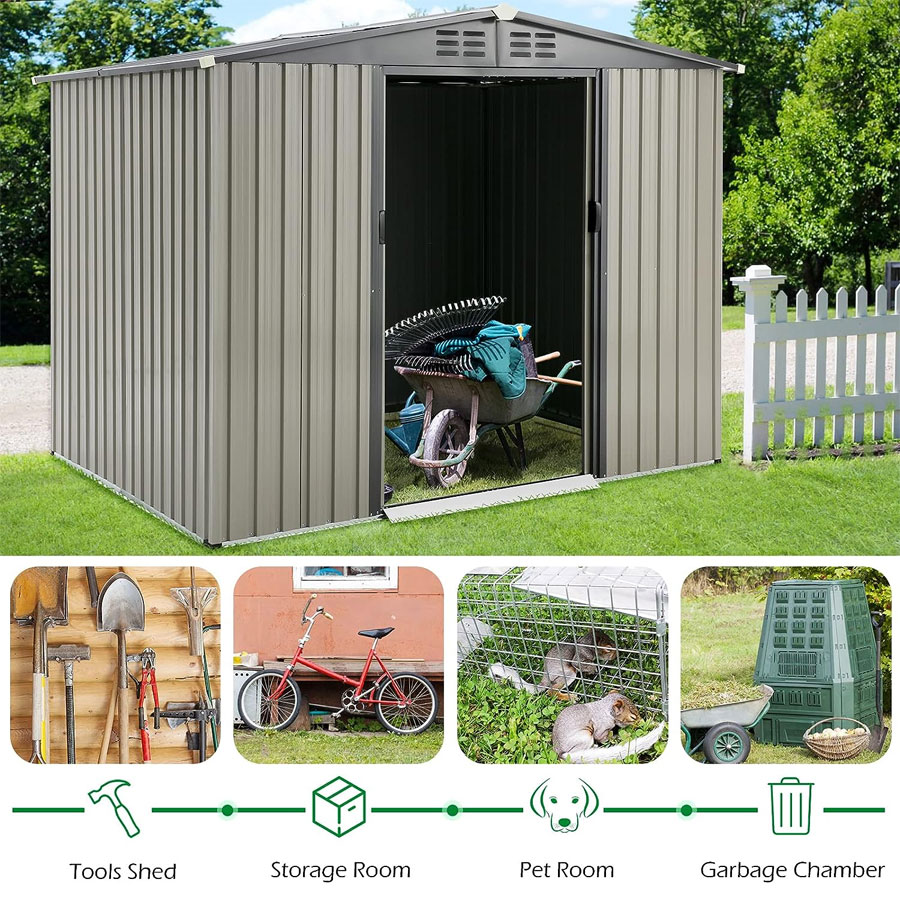
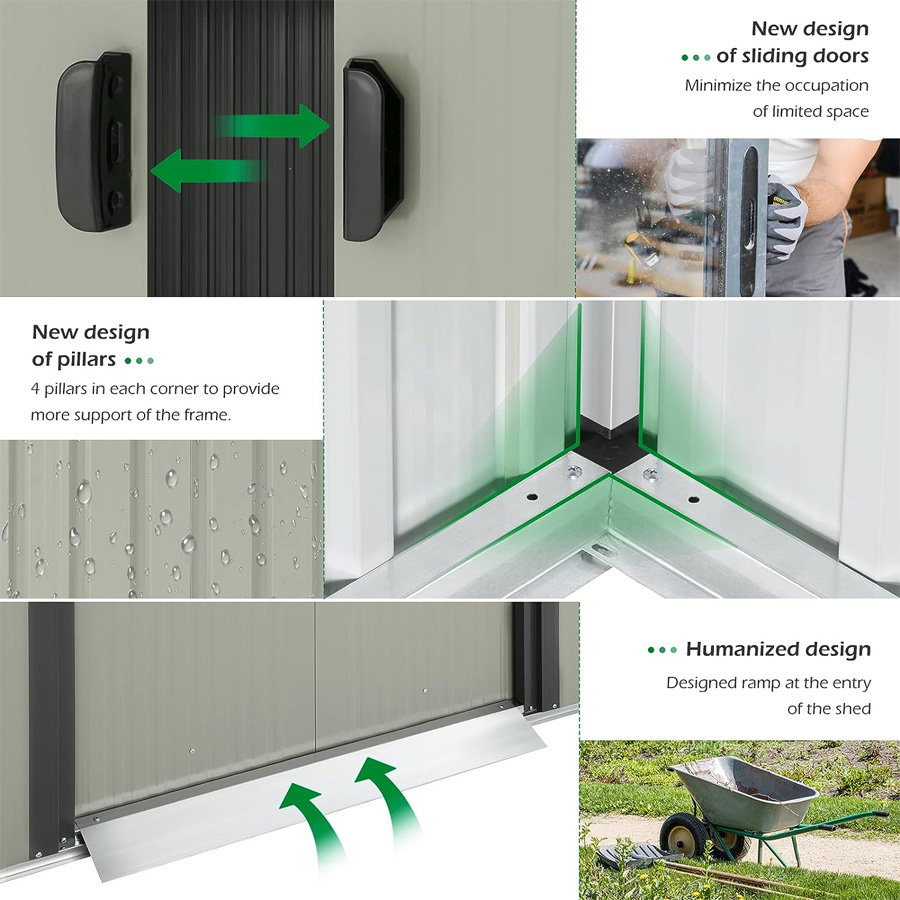
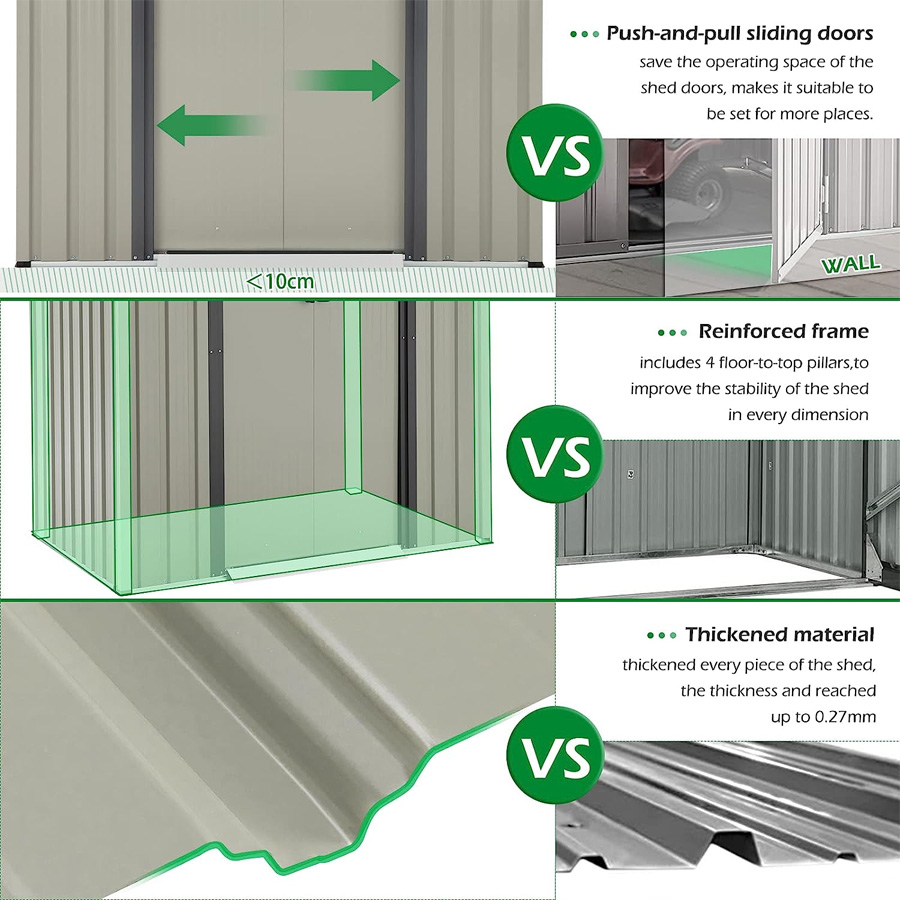
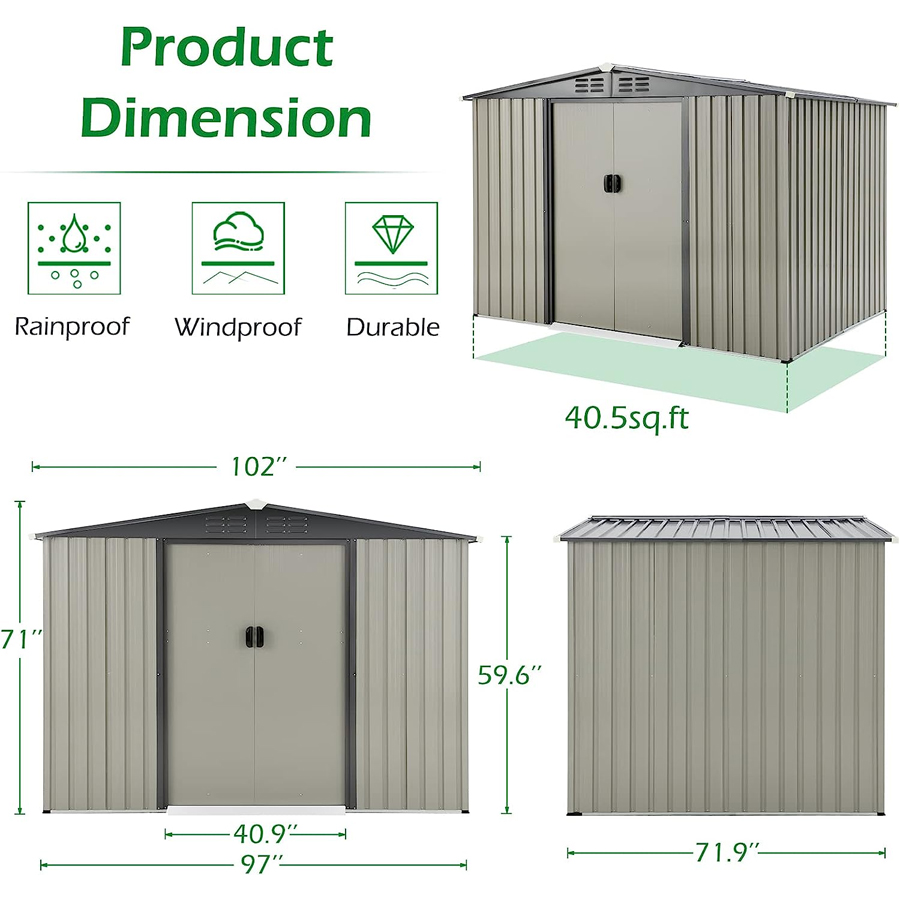
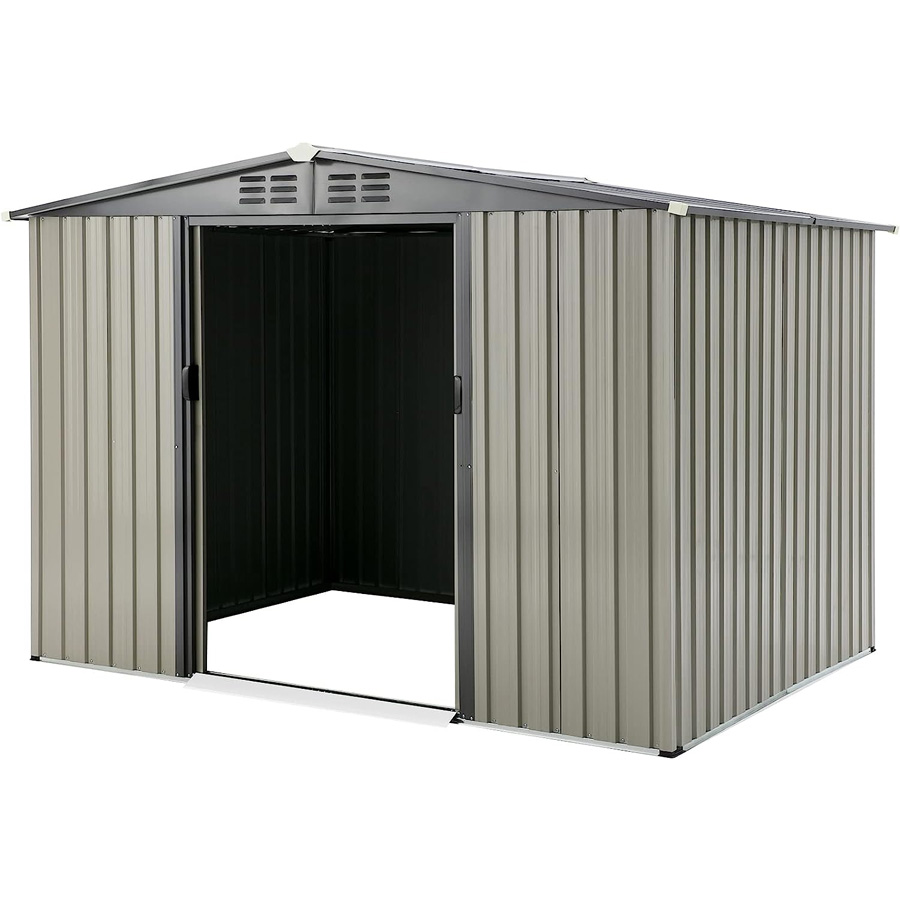
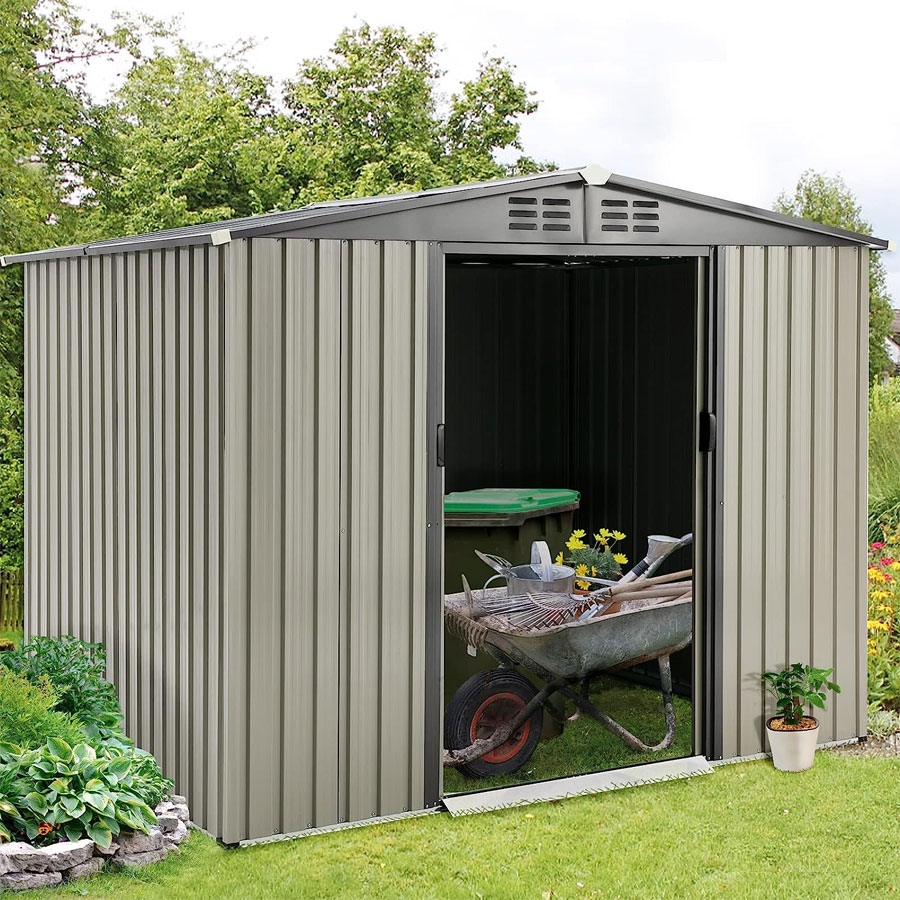
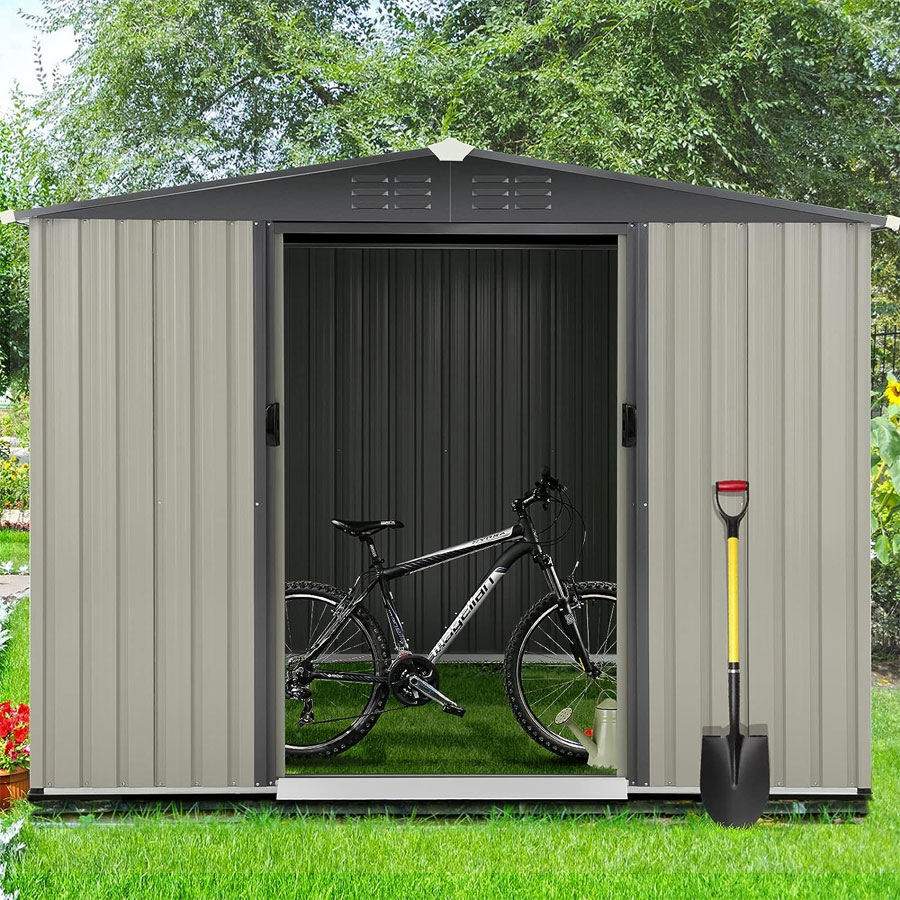





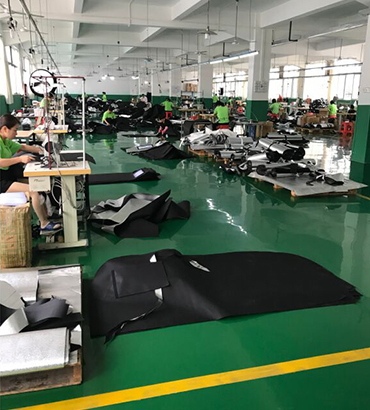
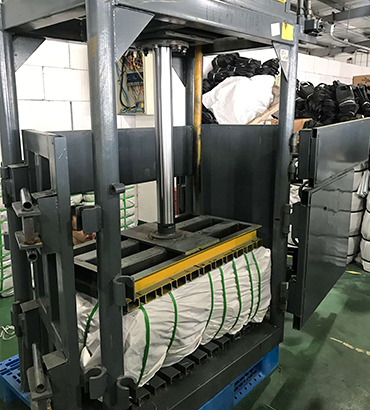
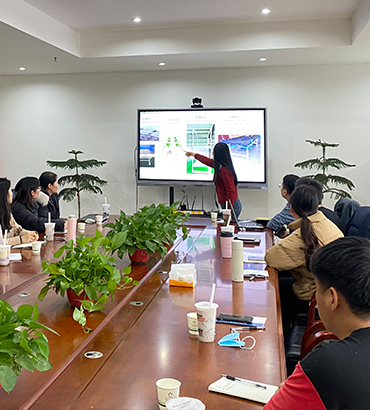
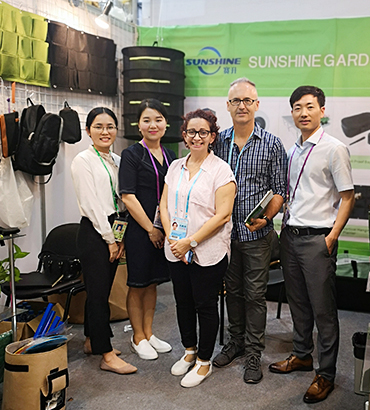
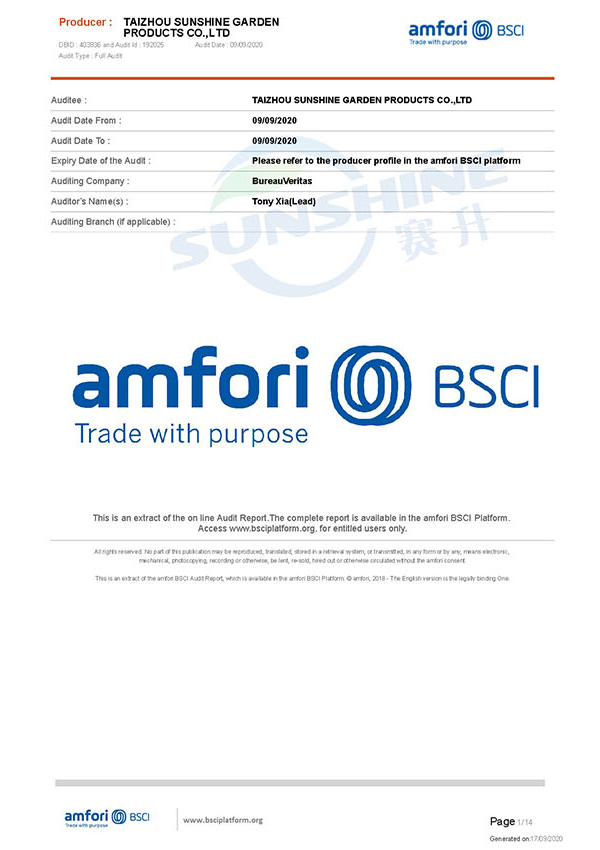
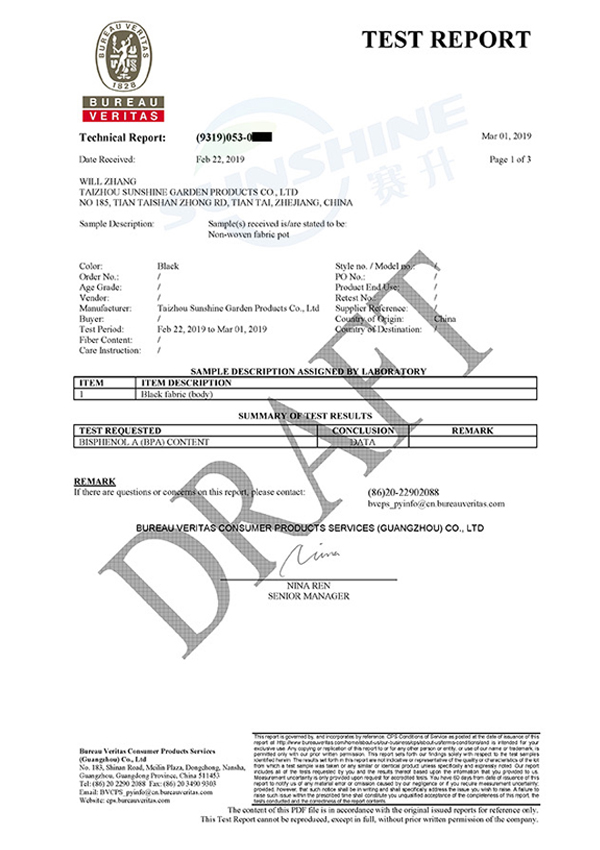
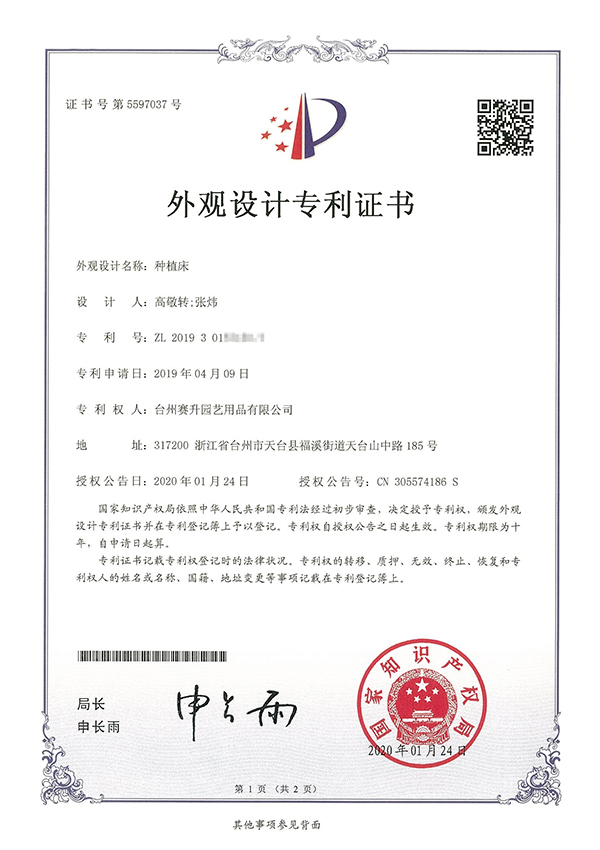
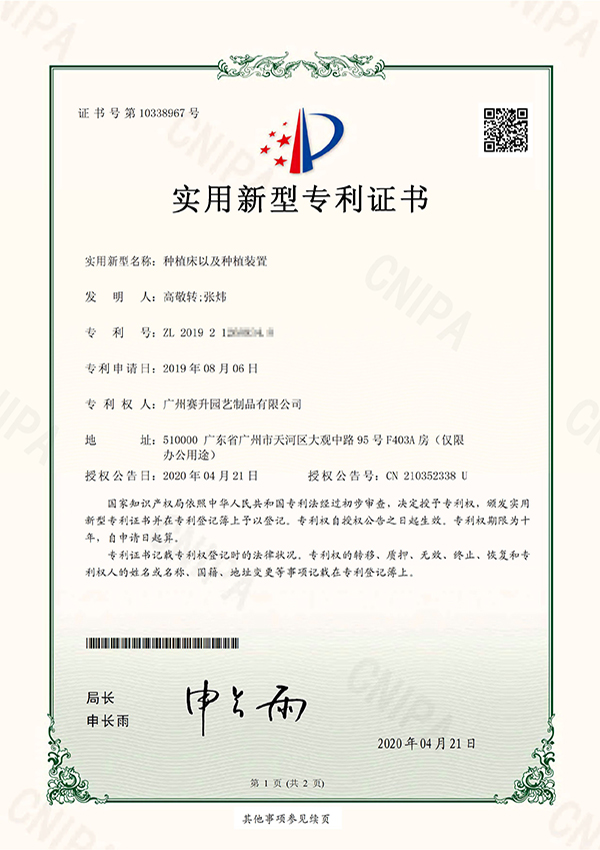
.jpg)
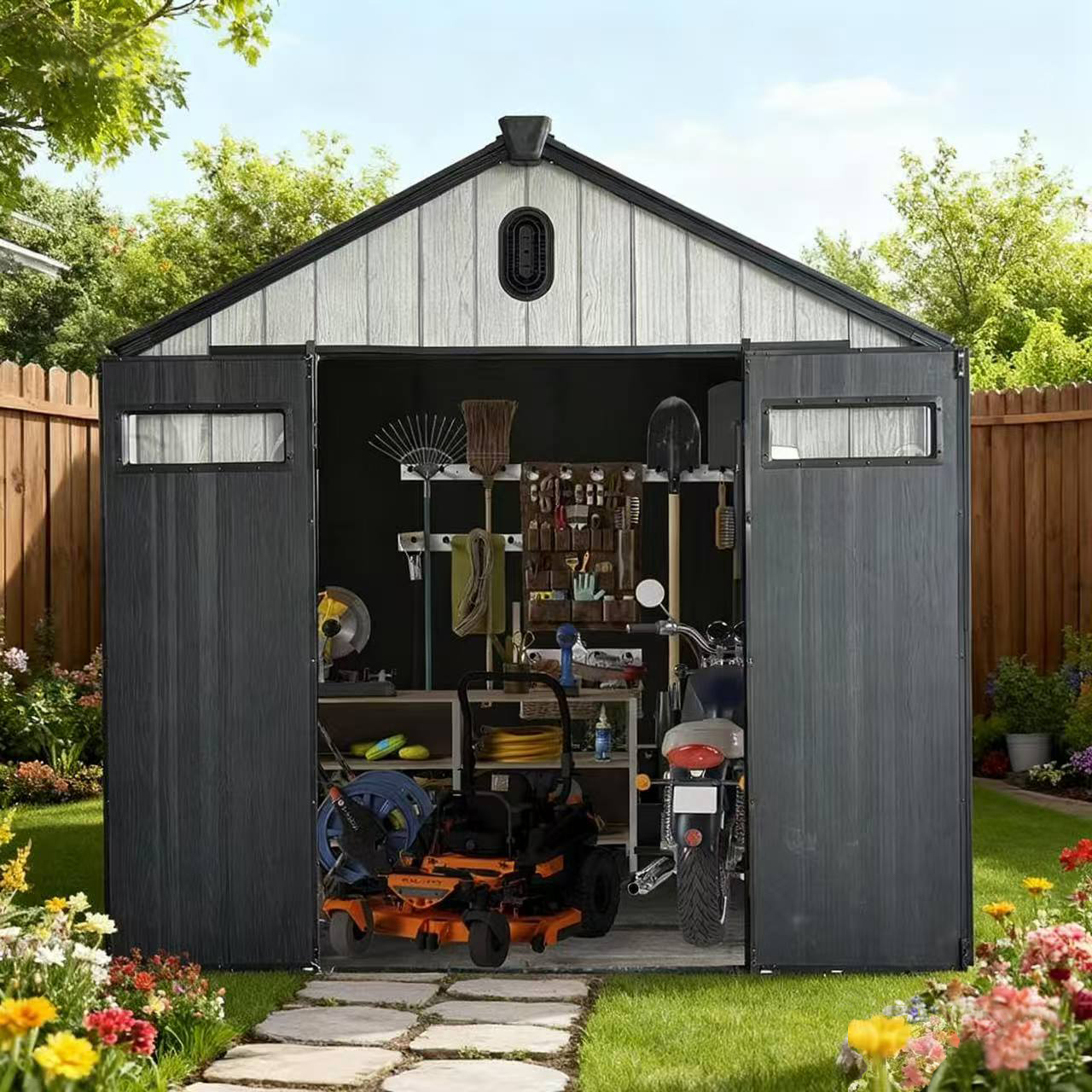
.png)












